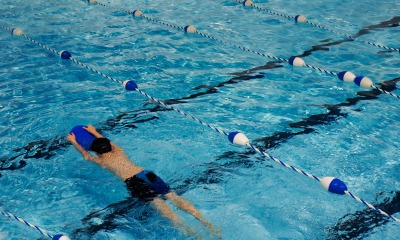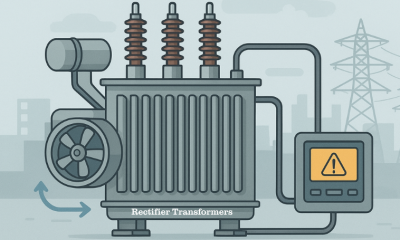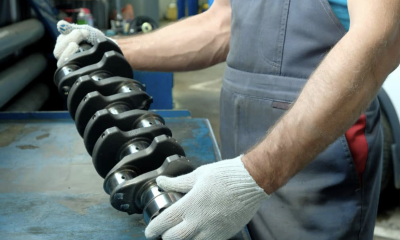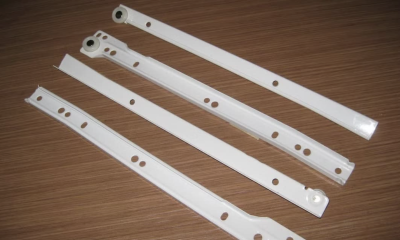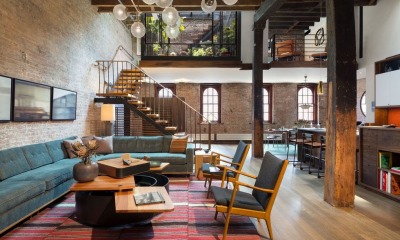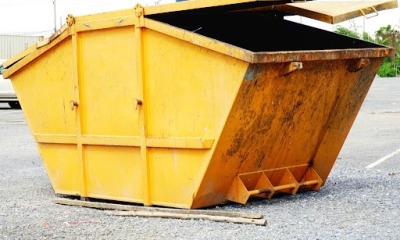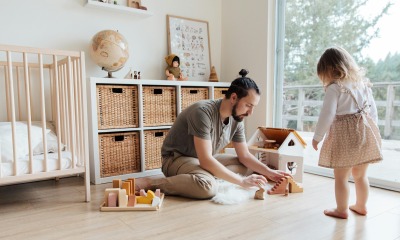Home Improvement
Dual or Mixed Taps? The Pros and Cons
Few peculiarities in the British Isles astound any visitor as much as the absence of mixed taps in a bathroom or kitchen. And few criticisms of local traditions by visitors perplex the British as much as why they should have mixed taps.
These may be two extreme sides of the debate but the number of British homes where mixed taps are the norm is definitely the minority. Unless you modernise the plumbing when you buy a new home, there will always be a dual tap set over a sink or bath, somewhere. Even in a new build house. So what is everyone complaining about?
The Traditional View
British homes traditionally connected the cold tap to the mains water supply and the hot tap to the hot water tank. The separation was there to stop any cross contamination from the hot water system, in accordance with Britain’s complicated building regulations. It was also about money. It was easier to divide up the hot water from one heating session of the hot water tank – whether generated by an open coal fire, direct electricity supply in an immersion heater or through the central heating system – between multiple members of the family by rationing the use of the hot tap.
But modern dual-flow taps are fed by separate hot and cold water pipes. The mixing only happens inside the tap and the relative flow of hot and cold water may be regulated by the user. At least there is no chance of being scalded, as has been the case with a single-flow hot water tap with those who did not appreciate how quickly the very hot water passed along pipes in any house.
Yes, say the traditionalists, but the single-flow bath taps have a better flow rate. You can manage each hot and cold tap better. The water will mix in the sink. If you keep a dual-flow tap running without using a plug in the sink, as often is the case, you will waste water.

Modern Comfort
No, say the modernists. Probably the most important development in plumbing technology has been the single-lever mixer tap. The lever can be styled to any length or width, with precise and extra wide angles to ensure ease and comfort of use. You can work it even of you are injured or disabled, using an elbow, a foot, a knee or a forehead. You will have just the right amount of water you need, at the temperature you prefer, whenever you like. And as an increasing number of homes have water meters, water will not be wasted.
Of course, there is a traditional look to the old two-tap system. A couple of Victorian polished brass taps can look superb when attached to a large cast-iron bath. But think of the precise control and smooth handling of water flow and temperature you can achieve with a mixed-tap system. Modern finishes on the plumbing also mean that you don’t need to spend time cleaning and polishing the metalwork.
Julie Elliott is a bathroom designer and she has been writing on interior design for over 20 years. She often advises people to look at a range of bath taps based on contemporary and traditional themes before installing a new bathroom or kitchen.
-

 Tech11 years ago
Tech11 years agoCreating An e-Commerce Website
-

 Tech11 years ago
Tech11 years agoDesign Template Guidelines For Mobile Apps
-

 Business6 years ago
Business6 years agoWhat Is AdsSupply? A Comprehensive Review
-

 Business10 years ago
Business10 years agoThe Key Types Of Brochure Printing Services
-

 Tech8 years ago
Tech8 years agoWhen To Send Your Bulk Messages?
-

 Tech5 years ago
Tech5 years ago5 Link Building Strategies You Can Apply For Local SEO
-
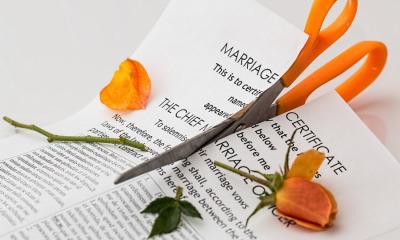
 Law5 years ago
Law5 years agoHow Can A Divorce Lawyer Help You Get Through Divorce?
-
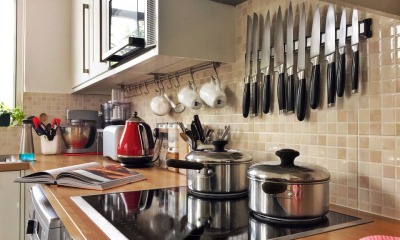
 Home Improvement6 years ago
Home Improvement6 years agoHоw tо Kеер Antѕ Out оf Yоur Kitсhеn


